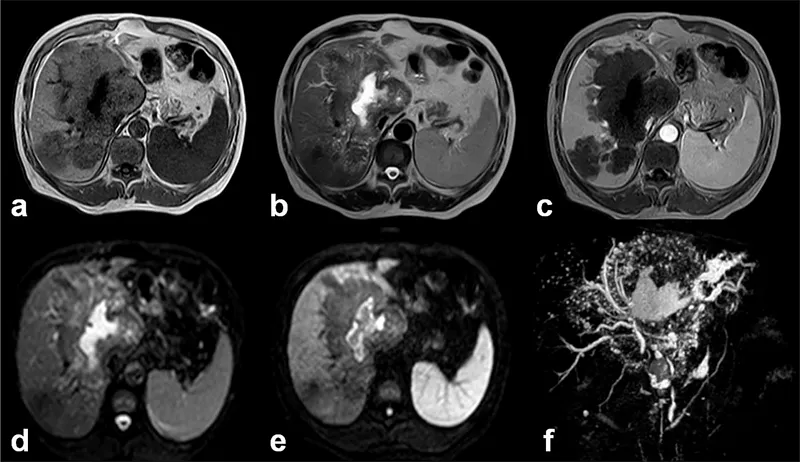Humans are affected by infectious as well as non-infectious diseases. Among the infectious diseases some are zoonotic which means that they are transmitted between humans and vertebrate animals.
An estimated 60% of known infectious diseases and up to 75% of new or emerging infectious diseases are zoonotic in origin.
It is estimated that zoonoses are responsible for 2.5 billion cases of human illness and 2.7 million human deaths worldwide each year.
Emerging zoonoses are responsible for some of the significant and devastating epidemics; however endemic zoonoses may actually pose a more insidious and chronic threat to both human and animal health.
Zoonotic agents can be viruses, bacteria or parasites. The parasites typically have a ‘life-cycle’ with intermediate and definitive hosts completing the cycle. One such parasitic zoonotic disease is Hydatid disease (Hydatidosis).
The Hydatid disease is a serious human health concern, caused by cysts of the tapeworm parasite Echinococcus granulosus (Cestode) present mostly in dogs.
The intermediate life cycle stage is the ‘hydatid cyst’, which can form in many warm-blooded animals including sheep, cattle as well as in humans. This cystic stage causes a disease known as Hydatidosis or Echinococcosis.
Life cycle
The life cycle of E granulosus involves two hosts. The definitive host is usually a dog but may be some other carnivore. The adult parasite lives in the intestine of the definitive host (dog) attached by hooklets to the mucosa.
Eggs are released into the host’s intestine and excreted in the faeces. Sheep are the most common intermediate hosts. They ingest the ovum while grazing on contaminated ground.
The ovum loses its protective chitinous layer as it is digested in the duodenum. The released hexacanth embryo or oncosphere passes through the intestinal wall into the portal circulation and develops into a cyst within the liver.
When the definitive host eats the viscera of the intermediate host, the cycle is completed. Humans may become intermediate hosts through contact with a definitive host (usually a domesticated dog) or ingestion of contaminated water or vegetables.
In humans, hydatid disease involves the liver in approximately 75% of cases, the lung in 15%, and other anatomic locations in 10% cases. Once in the human liver, cysts grow to 1 cm during the first 6 months and 2–3 cm annually thereafter depending on host tissue resistance.
Although the adult tapeworms are only about five millimetres long, hydatid cysts are commonly several centimetres across. Occasionally they can be the size of a football, especially in humans. If a large cyst is located in an area of the body with rigid boundaries, such as the brain or lungs, the consequences can be serious.
Tapeworm eggs are very sticky and quite resilient. They can stick to the dog’s coat and transfer to the hands of humans when patting the dog. If proper hygiene is not practised these eggs may then be ingested. Once ingested the eggs can develop into cysts.
They can also be carried by flies, beetles, footwear, clothing, wind and water. Eggs can survive freezing for a year and remain infective for six months in cool moist conditions such as on pasture.
Under hot, dry summer conditions they may only last three weeks. Intermediate hosts are usually herbivores, especially sheep, but omnivores such as pigs and humans are also infected.
Signs of infection
Echinococcus granulosus in dogs generally doesn’t present with specific symptoms. Also the eggs passed in the faeces are too small to be seen without special filtering and magnification.
There are, however, some signs which may suggest the possibility of a tapeworm infestation in dogs such as: itching around the anus, licking of the perianal and anal areas, butt scooting, weight loss when appetite is normal, increased appetite without the expected weight gain, less than desirable coat and skin conditions, swollen and painful abdominal area, diarrhea, lethargy, irritability etc.
If these symptoms are noticed, then the anal and perianal areas of dogs as well as the droppings should be examined for pieces of the tapeworm (proglottids).
Because the cysts are usually slow growing, infection in people may go unnoticed for years. Symptoms usually reflect the size and location of the cysts. Abdominal pain, nausea and vomiting are commonly seen when hydatids occur in the liver.
If the lung is affected clinical signs include chronic cough, chest pain and shortness of breath. Other signs depend on the location of the hydatid cysts and the pressure exerted on the surrounding tissues. Non-specific signs include anorexia, weight loss and weakness.
Prevention and control
Echinococcus tapeworms and hydatid cysts occur worldwide. Infection in humans can be treated by surgical removal. Children are particularly at risk because of their close contact with pets and possibly less attention to hygiene.
The Dog-Sheep parasitic cycle needs to be broken. In this context the proper meat inspection needs to be conducted by Veterinarians and affected organs of sheep (offal) should not be fed to dogs and should be properly disposed of either by incineration, deep burial or boiling.
In order to get rid of tapeworms, the dogs should regularly be dewormed with a suitable dewormer which contains the active ingredient praziquantel.
Adequate hygienic measures need to be adopted. Pet lovers/handlers must wash hands with soap and water after handling the dogs. Similarly, the vegetables should be properly washed before being eaten.
Medical doctors need to be vigilant vis-à-vis Hydatidosis as Kashmir has a sizeable population of dogs and plenty of sheep too are consumed here.
DR. ZUBAIR AHMAD WAR, alumnus, SKUAST-Kashmir
Disclaimer: The views and opinions expressed in this article are the personal opinions of the author.
The facts, analysis, assumptions and perspective appearing in the article do not reflect the views of GK.






